Importance of Halo and how Romain survived
Formula 1 (F1) has been one of the most followed sports in recent years, and anyone who has been keeping up since 2017 would be familiar with the term 'Halo'. And we are not talking about the video game!
However, the new audience may not be completely aware of it. Although a recent accident may compel most of the fanatics to understand how it works and how it saved Romain Grosjean's life at Bahrain Grand Prix.
In the most simple words, it is a 3-legged curved bar that is placed in front of a driver's cockpit. It is made of titanium (high strength), the device weighs around nine kilograms.
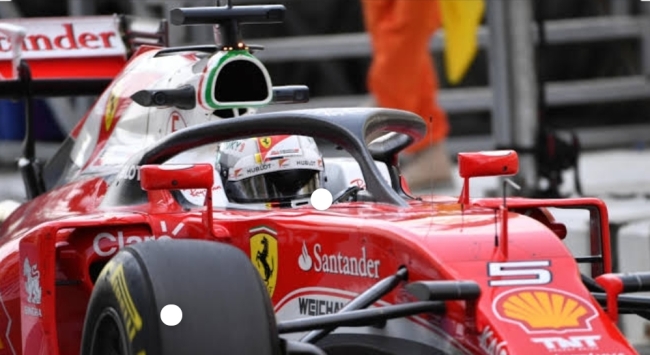
The primary function of this device is to ensure that their head is protected, and as per statistics presented by the FIA, the survival chances of a driver are said to rise by 17% when a car has that system.
Origin of Halo in F1
Several cases of drivers slamming their cars into the barriers emerged and that is why FIA began proposing several systems around 2015 to make more amendments for ensuring safety to the driver's life.
Finally after several experiments, "Halo" was brought into F1 in 2018. Because of its success, it was made a part of F2, F3 and Formula E too.
However, several people were against the system too as it looked unappealing as far as the aesthetics were concerned. Late Niki Lauda also felt that it destroyed the essence of racing, while the current World Champion Lewis Hamilton also called it as the "worst-looking modification in F1 history'.
Irrespective of personal views, there's no denying the fact that the system has saved several lives.
Beginning with the most recent crashes, Romain Grosjean made through one of the biggest crashes in modern F1 history as a result of multiple things going against the driver. However, Romain in his recent chat unravelled that he owed his life to the advancements in the sport, the Halo specifically.
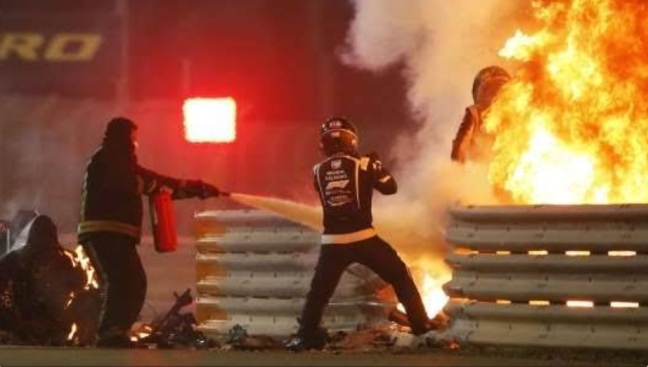
It happened in the opening lap of the race when the Haas driver clipped the oncoming car of Daniil Kvyat and was sent off the circuit towards the barriers.
The most tragic part was yet to happen as the Haas car struck the barrier while travelling at a speed of 137mph (221km/h).
The impact split the barrier open with the front of the car becoming wedged within it.
However, the FIA revealed that the fire was more of major concern for them and the precise cause of it is yet to be known.
Ayrton Senna was one of the other superstars who was involved in an infamous accident. However, unlike Romain, the talented Brazilian could not be saved. He held the record for most pole positions between the years 1989 until 2006.
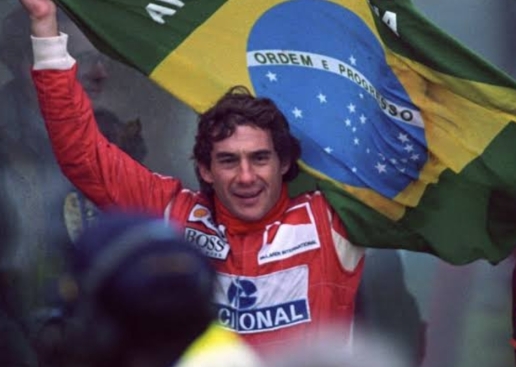
He lost his life in the 1994 San Marino Grand Prix, on 1 May 1994. Senna was not convinced with recent modifications made to his car. The Brazilian was racing at a very high pace to compete with rival Michael Schumacher.
Moments after completing lap 7, his car was seen leaving the racing line at around 307 km/h, heading straight into the concrete retaining wall. The tragedy was quite disheartening for his close family and friends as he had already lost most of his body's blood while being treated by the side of his car.
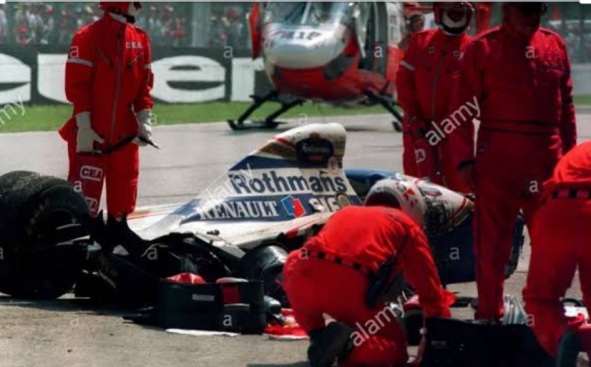
Several heart-wrenching incidents have happened and to avoid these, various precautionary measures have been tried and tested too.
Starting from Marshal's in the 1950s, helmets in 1952, fire-resistant race suits made mandatory from 1975, the survival cells since 1981, and several more.
1994 saw pitlane speed limit being introduced too to protect the drivers and those working in the pitlane.
Barriers and run-off areas were introduced in 1994 too for efficient energy absorption after several cases emerged.
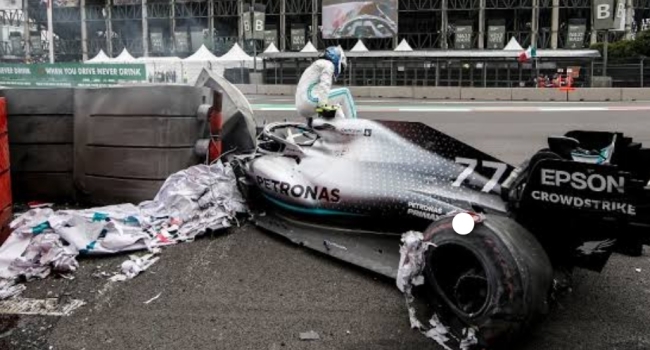
The headrest was roped in 1996 to take the enormous head strain that drivers' heads and necks go through. Wheel tethers were brought into use in 1999 to prevent wheels from flying off during accidents.
Accelerometer and Driver Facing Camera were introduced to the world in 2014 and 16 respectively to get the best views and knowledge of how a crash took place.
Finally, the Halo in 2018.
Featured image credits- independent.co.uk


.png)
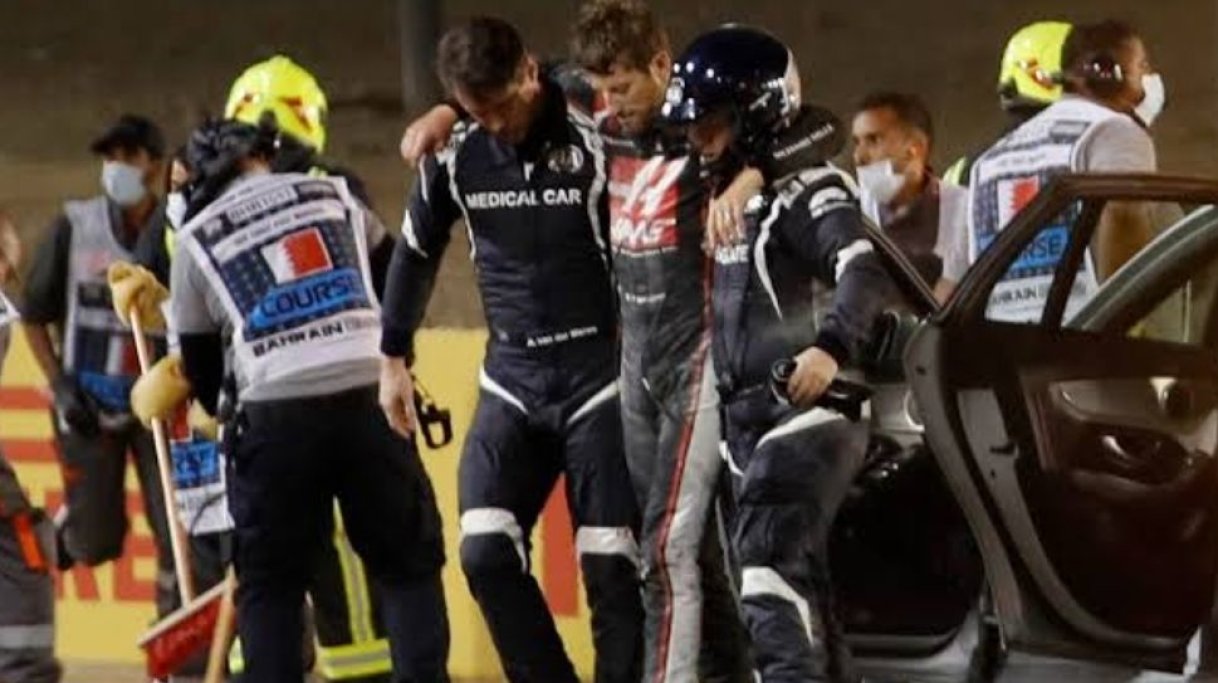

Leave a Reply